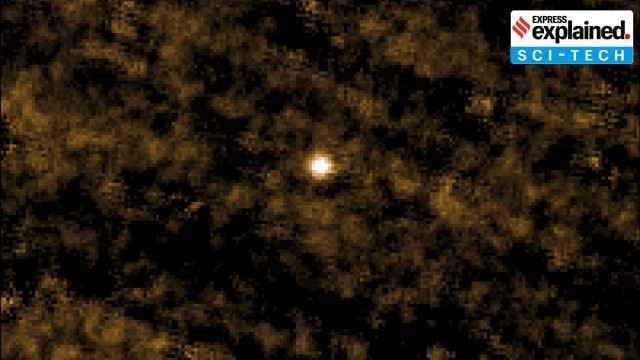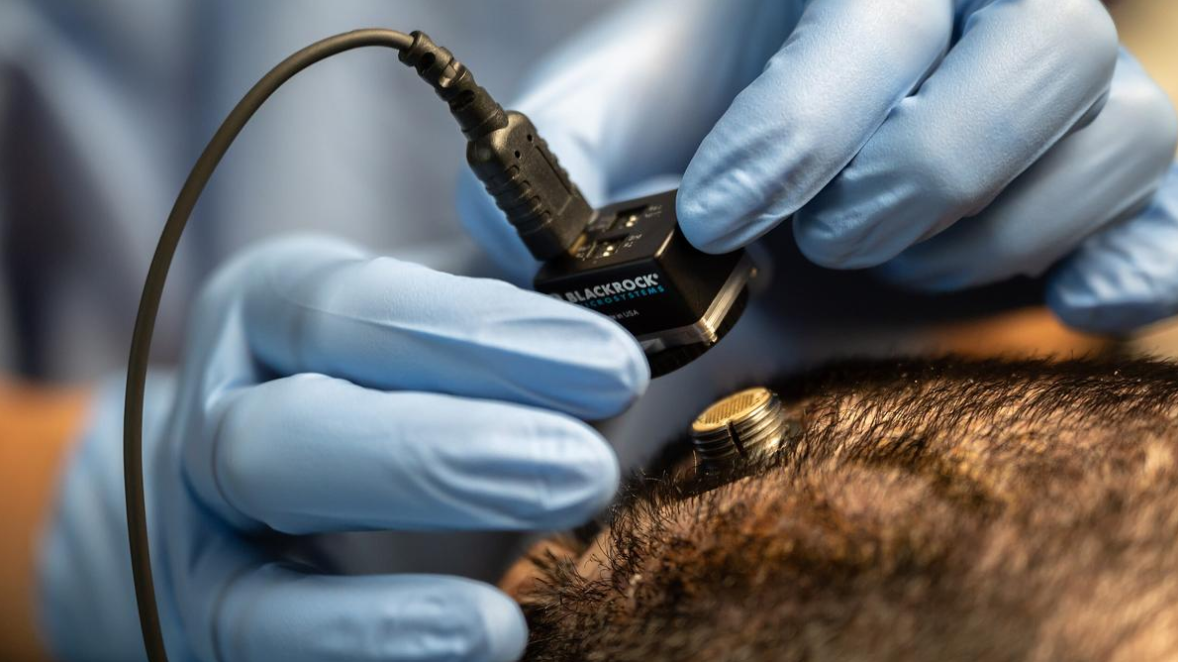




Source: Waterworld
Disclaimer: Copyright infringement not intended.
Union Minister of State for Forest, Environment and Climate Change launched 'Nano Bubble Technology' for cleaning and purifying water of National Zoological Park, Delhi to promote the health of aquatic animals.
Nano bubbles, also known as ultra-fine bubbles, are gas-filled cavities within liquids that have diameters smaller than 200 nanometers.
These bubbles are invisible to the naked eye and exhibit unique properties due to their small size and high surface energy.
|
Feature |
Details |
|
Stability |
Highly stable due to their neutral buoyancy and large surface charge. |
|
Surface Charge |
Negative zeta potential helps maintain stability and prevents coalescence. |
|
Behavior in Liquids |
Do not rise to the surface like larger bubbles; instead remain suspended. |
|
Gas Dissolution |
Enhance gas solubility in liquids due to high surface area-to-volume ratio. |
|
Collapse |
Collapse under specific conditions releasing energy and generating radicals. |
Formation: Created using specialized equipment such as ultrasonic generators or venturi nozzles.
Stability: Electrostatic charges prevent them from coalescing or bursting easily.
Behavior: They penetrate deep into liquid systems due to their minute size and neutral buoyancy.
Energy Release: Burst or collapse releases hydroxyl radicals and other reactive species.
Water Treatment
Effective in breaking down organic pollutants.
Generate reactive oxygen species for sterilization.
Enhance oxygen transfer efficiency in wastewater treatment.
Agriculture
Improve nutrient absorption and oxygen availability in irrigation systems.
Detoxify contaminated soils by enhancing microbial activity.
Healthcare and Medicine
Facilitate precise delivery of therapeutic agents to targeted areas.
Used in ultrasonic treatments for localized tumor destruction.
Promote cell growth and disinfection in wound management.
Industrial Applications
Ultra-fine bubbles help in removing dirt and contaminants from surfaces.
Enhance cooling efficiency by improving heat exchange.
Aquaculture
Improve water quality and oxygenation for healthier aquatic life.
|
Advantage |
Description |
|
Eco-Friendly |
Reduce the need for harmful chemicals. |
|
Cost-Effective |
Lower energy requirements for gas dissolution and aeration. |
|
Scalable |
Suitable for applications from small-scale to industrial-scale. |
|
Improved Efficiency |
Enhance reaction rates in various chemical and biological processes. |
|
Sustainability |
Promote sustainable practices in agriculture, aquaculture and industries. |
|
Challenge |
Details |
|
High Initial Cost |
Equipment for generating nano bubbles can be expensive. |
|
Complex Maintenance |
Sensitive to operational conditions and require regular calibration. |
|
Standardization Issues |
Lack of universally accepted methods for measuring and characterizing nano bubbles. |
|
Knowledge Gaps |
Limited understanding of long-term effects in certain applications. |
Sources:
|
PRACTICE QUESTION Q.Examine the role of nano bubble technology in enhancing agricultural productivity through improved irrigation and nutrient absorption. What challenges hinder its large-scale adoption in India? (250 Words) |





© 2025 iasgyan. All right reserved